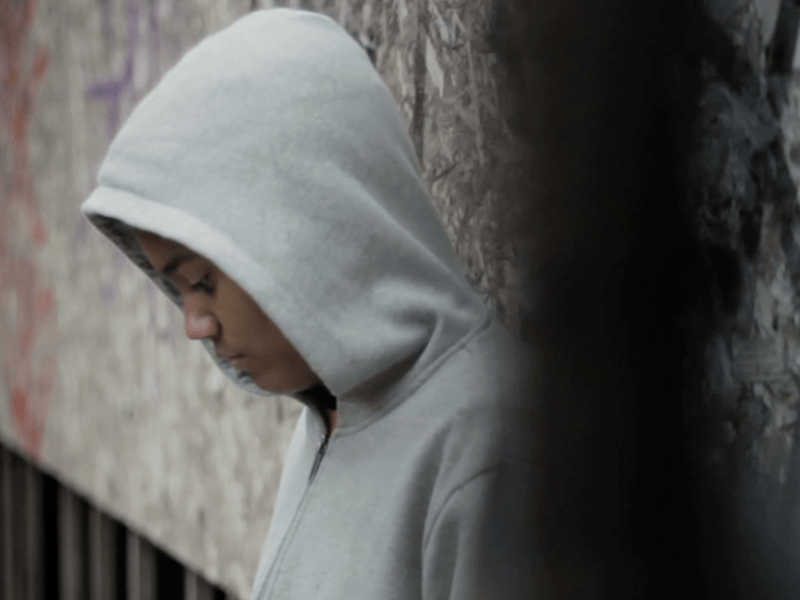Last Updated on 28th September 2023
As schools across the UK start to gradually return, there has been much speculation about the requirements and procedures schools and parents need to know about. To support this gradual transition from home learning back to in-school learning we have compiled a list of helpful information and guidance.
Below you will find a non-exhaustive list of top-level guidance related to the preparations the schools will be making to return to face-to-face learning. Due to the comparative nature of restrictions and responses, all regions have been included.
Key Safeguarding Information for Schools:

England
All schools will return from the 8th of March, with staggered returns over 1 week, allowed to facilitate mass testing roll out.
Testing: Pupils in secondary schools will have access to lateral flow testing. All staff in primary and secondary schools will also have access to testing.
Face Coverings: Must be worn indoors in secondary schools where 2m social distancing is not possible.

Wales (Cymru)
Children aged 3-7 have already returned to classroom-based learning. Older primary school pupils and secondary pupils preparing for exams are likely to return on 15th March.
Testing: Mainly staff and some older children will have access to lateral flow testing.
Face Coverings: The Welsh government stipulates that pupils must wear face coverings, but they do not need to be medical-grade face masks.

Scotland
P1-3 pupils and younger children have already returned to school. Other primary school children are set to return on the 15th March. Some senior secondary school pupils have already returned for part-time face-to-face learning to prepare for exams.
All secondary school pupils are expected to return on the 19th April.
Testing: School staff in Primary and Secondary Schools will be offered later flow testing (twice a week). Older secondary pupils will also be offered these tests.
Face Coverings: Are expected to be worn at all times.

Northern Ireland
The Northern Ireland Executive announced on the 18th of February that primary school pupils in year 1-3 will return to full time face-to-face learning on the 8th of March. Secondary pupils in key exam years (year groups 12 to 14) are due to return to school on 22nd March. P1-P3 pupils will subsequently revert to remote learning for one week on that date to minimise the impact on infection rates of years 12 to 14 returning.
Pupils in years 4-7 in primary schools and years 8-11 in secondary schools are likely to return to school at the start of April.
Testing: There is no planned mass testing for schools, although schools will receive a small batch of home test kits for children and families who are unable to access existing COVID-19 testing sites.
Face Coverings: Post-primary pupils will be required to wear face coverings in classrooms.

Isle of Man
The Isle of Man announced on 3rd of March that it was entering a ‘circuit breaker’ lockdown. This means that schools will remain closed for 21 days. Vulnerable children and those whose parents are critical workers will still be able to attend school.
Testing: There was no information available on testing at the time of writing.
Face coverings: Strongly advised at all times in secondary schools where 2m social distancing is not possible and when moving around. Primary school staff should wear face coverings where possible, particularly when moving around. Use by primary school pupils is optional.
Join our Safeguarding Hub Newsletter Network
Members of our network receive weekly updates on the trends, risks and threats to children and young people online.

















